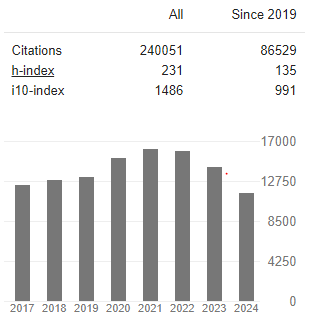Molecular pathobiology of aspirin responsive erythromelalgia in thrombocythemia and incurable inherited erythermalgia in Nav1.7mutated neuropathy
Abstract
Jan Jacques Michiels
The original description of erythromelalgia of Mitchell has been separated into three distinct disease entities of aspirin responsive erythromelalgia in thrombocythemia, incurable congenital dominant primary erythermalgia (PE), and aspirin resistant secondary erthermalgia. Aspirin responsive platelet-mediated erythromelalgic and thrombotic processes in the end-arterial circulation of toes or fingers has been discovered as a distinct arterial thrombophilic disease entity (Sticky Platelet Syndrome) in acquired and congenital thrombocythemia due to gain of function mutations in the JAK2, TPO, MPL and CALR genes. PE is a congenital dominant incurable disease with symmetric bilateral localization of red congestion and burning pain in legs with relative sparing of the toes, which spontaneously arises in childhood or adolecence and persists life long in adults. Incurable PE has been discovered as a dominant neuropathic pain disorder caused by hyperexcitibility of the sodium channel alpha subunit Nav1.7 protein located in dorsal root ganglions and nocireceptive peripheral neurons due to gain of function mutations in the SCN9A gene on chromosome 2q coding for the Nav1.7 sodium channel. Recessive chronic insensitivity for pain (CIP) is caused by homozygous or double heterozygous loss of function mutations of the SCN9A gene and loss of Nav1.7 sodium channel excitibility.



